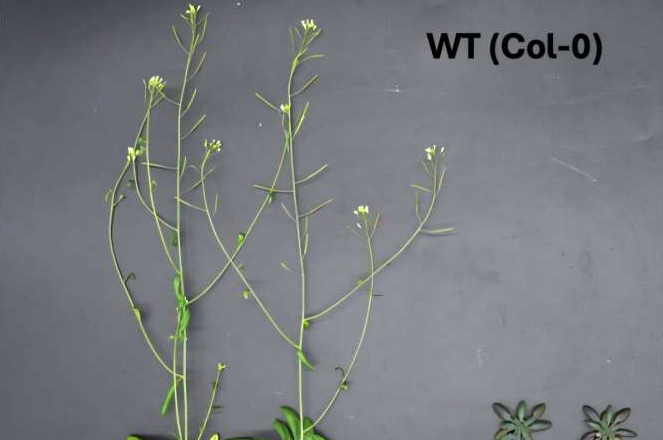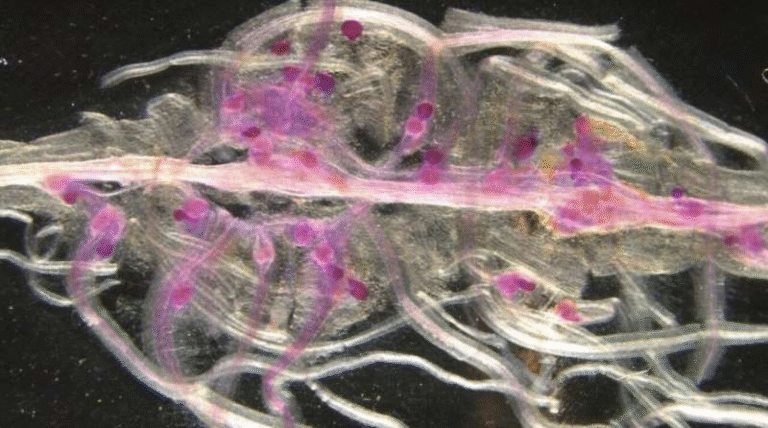Greater Yellowstone Study Reveals How Large Mammals Adapt Their Behavior to Rising Heat

A newly published study has provided fascinating insights into how large mammals living in the Greater Yellowstone Ecosystem (GYE) are responding to rising summer temperatures. The research, co-led by Justine Becker, an assistant professor of ecology at Montana State University, examined how nine species of large mammals modify their behavior in response to heat—and the findings are both surprising and encouraging.
The study, published in the journal Ecosphere, analyzed a huge dataset collected between 2001 and 2019. The research was a collaboration among scientists from Montana State University, the University of Wyoming, and multiple government agencies including the Bureau of Land Management, National Park Service, U.S. Geological Survey, Wyoming Game and Fish Department, and Idaho Department of Fish and Game.
The Goal of the Study
The researchers wanted to understand how both environmental conditions and biological traits influence the way large mammals react to heat. Specifically, they focused on the warmest part of the year—mid-June through the end of August—when temperatures in the Yellowstone region are at their peak.
They examined whether species-specific traits such as sex, body size, or physiology affected how animals altered their behavior in hotter conditions. At the same time, they investigated whether the structure of the landscape—such as how varied or uniform the terrain and vegetation are—played a bigger role in shaping these behavioral responses.
The nine species included in the analysis were:
- Bison
- Bighorn sheep
- Moose
- Mountain goats
- Mule deer
- Pronghorn
- Elk
- Wolves
- Cougars
Using GPS location data, the team tracked movements and activity patterns of these species to see how they adjusted during hot periods.
What the Study Found
Every species in the study showed a behavioral adjustment in response to rising daytime temperatures. In general, animals sought cooler conditions, reduced their movement speeds, and spent more time in shaded or sheltered areas. This makes sense—moving less and finding cooler microhabitats helps conserve energy and avoid overheating.
However, what stood out most was what didn’t matter. The researchers found that the animals’ biological traits—such as body size, sex, or physiology—did not significantly influence their behavioral response to heat. Whether an animal was a small-bodied pronghorn or a large bison didn’t seem to change how it adjusted its activity when temperatures spiked.
Instead, the environmental structure of the landscape turned out to be the key factor. Populations living in homogeneous environments—places where the landscape is mostly uniform and lacks variety—showed more dramatic behavioral changes compared to those living in heterogeneous environments, which offer a mix of open and shaded areas, slopes, and vegetation types.
A clear example came from pronghorns living in Wyoming’s Shirley Basin, a mostly open prairie region. These animals made the biggest behavioral adjustments when temperatures rose, likely because they had to travel farther to find patches of shade. In contrast, species living in more varied landscapes—such as areas that combine forest cover, meadows, and rugged terrain—didn’t need to change their behavior as much.
Why These Findings Matter
According to the researchers, these results are encouraging. Large mammals have long lifespans and slow reproductive rates, which means they cannot evolve new physical traits quickly enough to keep up with climate change. But they can change their behavior almost immediately, and that behavioral flexibility—or behavioral plasticity—acts as a powerful tool for coping with rapid environmental changes.
This suggests that large mammals across the Greater Yellowstone Ecosystem are not helpless in the face of rising temperatures. They can adapt by modifying their movement, activity, and habitat use to stay cool. In ecosystems that are warming faster than ever before, that ability to change behavior may provide an essential buffer against the effects of climate stress.
The study also provides insights for wildlife and land managers. Since the animals’ responses were strongly influenced by the structure of their environment, protecting and maintaining landscape diversity becomes a priority. In other words, ensuring that landscapes include a mosaic of habitats—open plains, forests, riparian zones, and shaded areas—will give wildlife more options to deal with future heat waves.
One of the researchers involved in the project, Jerod Merkle, emphasized that keeping landscapes permeable—allowing animals to move freely between different habitat types—is crucial. When heat waves occur, animals need the freedom to move to cooler areas. Barriers to movement, whether natural or manmade, could make it much harder for them to cope.
Collaboration and Data Sharing
A study of this scale was only possible thanks to extensive data sharing among agencies and researchers. Years of telemetry data from multiple organizations were pooled together to create one of the most comprehensive analyses of heat-related animal behavior in a large ecosystem.
The team behind the paper highlighted how vital such collaboration is. Comparative, multi-species studies like this allow scientists to identify broad patterns that wouldn’t be visible when looking at a single species in isolation. It also helps managers make decisions that benefit the entire ecosystem, not just one animal group.
Beyond Yellowstone – Broader Ecological Lessons
The insights from this research extend far beyond Yellowstone. As global temperatures rise, ecosystems everywhere are facing similar challenges. Understanding how behavioral flexibility allows wildlife to adapt can help conservationists design better strategies worldwide.
Behavioral plasticity has limits, of course. While animals can adjust their behavior, they can’t always escape prolonged or extreme heat. In some cases, higher temperatures can still reduce feeding time, alter migration timing, or increase competition for shaded spaces. So while behavioral adaptation offers hope, it’s not a complete solution to the climate crisis.
Still, the study underlines the power of immediate behavioral change as an ecological defense mechanism. Unlike genetic adaptation, which can take generations, behavioral changes can happen within hours or days. This rapid flexibility could help many species survive in the short term as ecosystems continue to shift.
The Bigger Picture – How Landscape Structure Affects Climate Resilience
This research reinforces a crucial idea: landscape structure is a major determinant of climate resilience. Diverse environments—those with trees, slopes, streams, and mixed vegetation—offer animals microhabitats where they can regulate their body temperature more effectively.
In contrast, open, homogeneous landscapes provide fewer options. If shade or cooler spots are rare, animals must move farther and expend more energy to find relief. Over time, that can increase stress and lower overall fitness.
For conservation planners, this means the focus shouldn’t just be on protecting species but also on maintaining habitat complexity. Landscapes that are varied and connected will not only help animals find cooler areas but will also make entire ecosystems more robust against heat extremes.
A Step Toward Smarter Conservation
By examining data from nine species across nearly two decades, this study adds an important layer to our understanding of how wildlife responds to climate stress. It shows that conserving biodiversity isn’t only about saving species—it’s also about preserving the environments that let them adapt.
Future research may look at individual traits like coat color, fur density, or microhabitat preference to see if these factors influence how animals deal with heat on a smaller scale. But for now, this study paints a hopeful picture: even large, slow-reproducing mammals have the behavioral tools they need to handle rising temperatures—provided they have the right landscapes to do it in.
Research Reference:
Thomas-Kuzilik, R. R., Becker, J. A., Merkle, J. A., et al. (2025). Expression and mechanisms of behavioral plasticity in large mammals. Ecosphere. https://doi.org/10.1002/ecs2.70432





